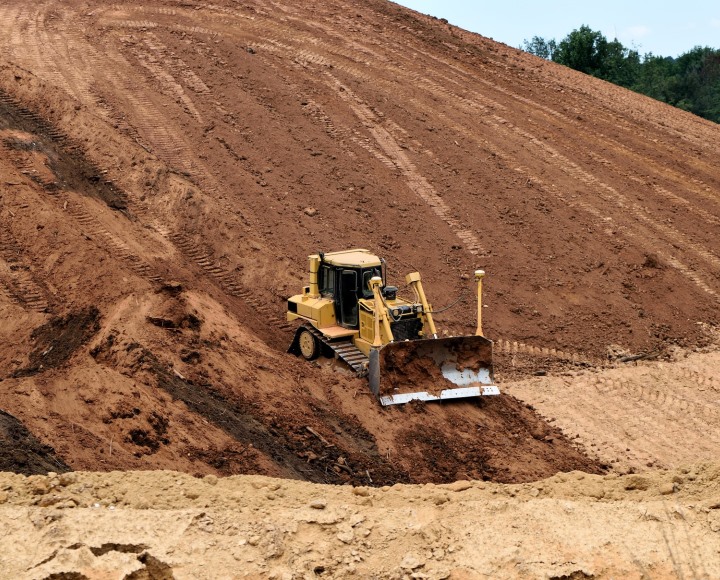Reducing the corporate tax base by allocating a development reserve is a long-established method used by taxpayers in the Hungarian corporate tax system, which has been boosted by several positive changes in recent years. For annual financial statements published and corporate tax returns prepared this May, businesses could claim this reduction up to 100% of their pre-tax profits for the fiscal year, and from 2021 the previous threshold of HUF 10 billion was abolished.
In this article we look at the current taxation and accounting rules for allocating and using a development reserve.
Allocating a development reserve
When determining the corporate tax base for businesses in Hungary, taxpayers may choose to set aside a reserve and account for the amount as a deductible in the fiscal year. The reserve may not exceed the amount of the pre-tax profit, and may only be used for investments.
How and under what conditions can the development reserve be used?
The planned investments must be carried out over the next four fiscal years and the previously established development reserve must be fully released by the end of the fourth year. These investments may also relate to the acquisition of new and second-hand tangible assets, for which there is no restriction in the Hungarian legislation.
Depreciation on the assets may no longer be deducted for corporate tax purposes, as this has essentially been done already by allocating the development reserve, so in practice this is an early depreciation charge.
The development reserve cannot be used for the following assets:
- non-cash contributions,
- assets received free of charge, and
- investments accounted for in relation to tangible assets on which ordinary depreciation can or must not be recorded, except for historic listed monuments, or buildings and structures placed under local protection.
What does all this mean from an accounting point of view?
Of course, Hungarian accounting rules allow companies to recognise depreciation on the assets during their useful life. What we must not forget, however, is that allocating a development reserve will also impact on the financial statements – in addition to the corporate tax calculation – since the composition of equity will change in the balance sheet. This is because the amount recognised in tax must be transferred from retained earnings to the allocated reserve in the year of allocation, and this constitutes a dividend payment limitation for companies.
In the years following the allocation, after the acquisition of the assets the allocated reserve may be reversed into retained earnings, but this is not compulsory, since pursuant to the Hungarian Act on Accounting a company can recognise an allocated reserve at its own discretion. Businesses are therefore free to decide when and how to carry out the reversal.
What to do with unused reserves?
According to the provisions of the Hungarian Corporate Tax Act, development reserves created in 2021 must be fully released over the next four fiscal years but no later than by 31 December 2025, in accordance with the cost of the realised investment.
If this is not done, or only done partially, taxpayers will not need to submit a self-revision for their 2021 corporate tax return, nor will they need to prepare three-column financial statements at the close of the next financial year, as this will not be considered a significant error.
Businesses will have to declare the unused portion in their 2025 corporate tax return at the latest, and the resulting tax (at the rate prescribed by the provisions in force in Hungary in the fiscal year of the allocation) and late payment interest will be charged to the 2025 profit or loss.
The tax will be accounted for in a similar way to the 2025 corporate tax. The late payment interest for the 2021 allocations is calculated from 1 June 2022 (the day after the deadline for filing the tax return claiming the benefit) until 31 December 2025 (the end date of the period for use). The tax and the interest must be assessed and paid by 31 January 2026 (last day of the first month of the fiscal year following the fourth fiscal year). As the interest will not be due until 2026, but in fact relates to the period before the reporting date, and its rate will be known at the balance sheet preparation date, it should be recognised under other expenses for 2025 against accrued expenses and deferred income.
A taxpayer who is a group taxpayer for corporate tax purposes pays the tax assessed and the related late payment interest as a group member, through the group representative, during the period of group membership.
Please do not hesitate to contact the professionals at WTS Klient Hungary should you have any questions regarding the taxation or accounting aspects of a development reserve.











